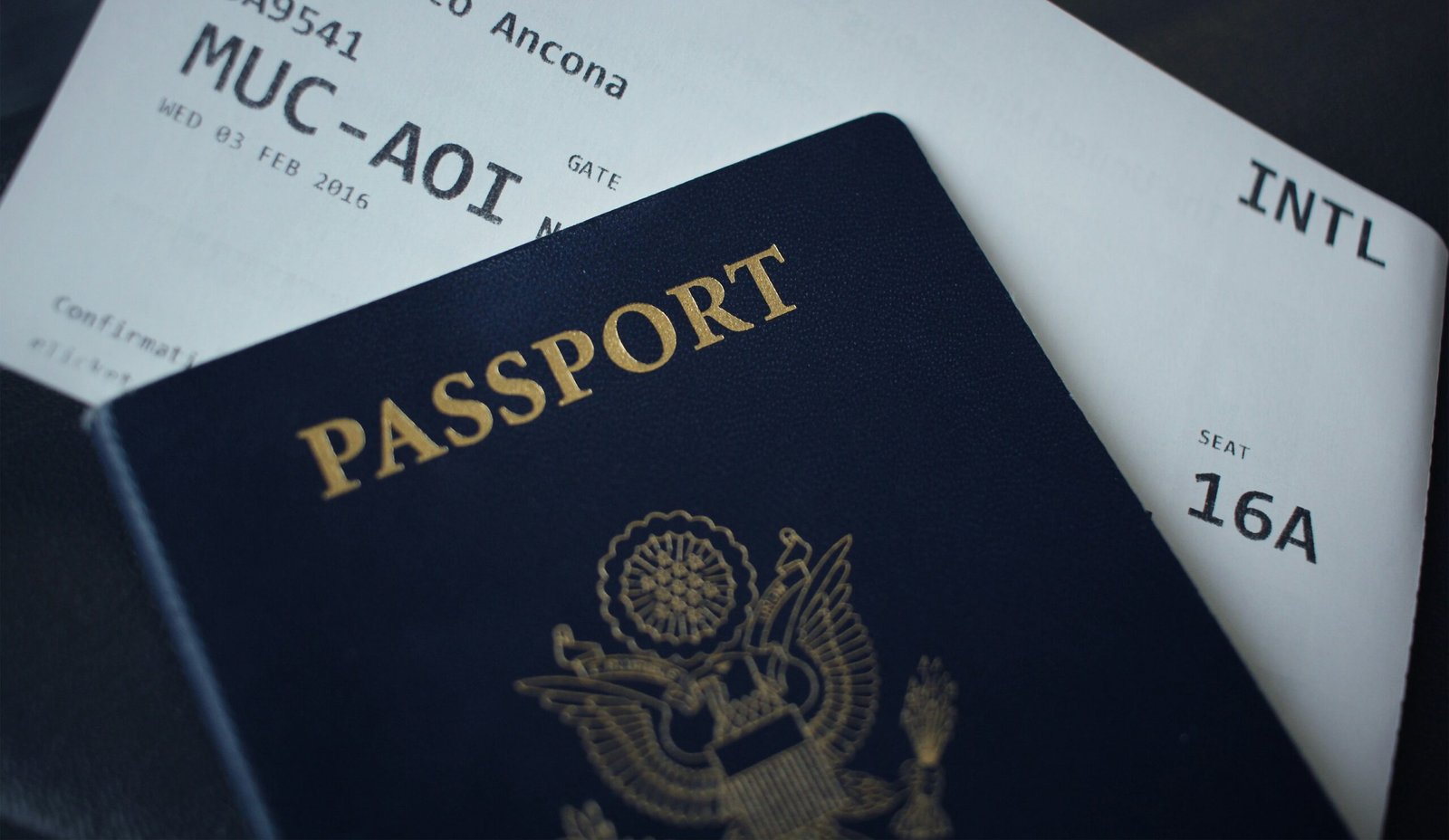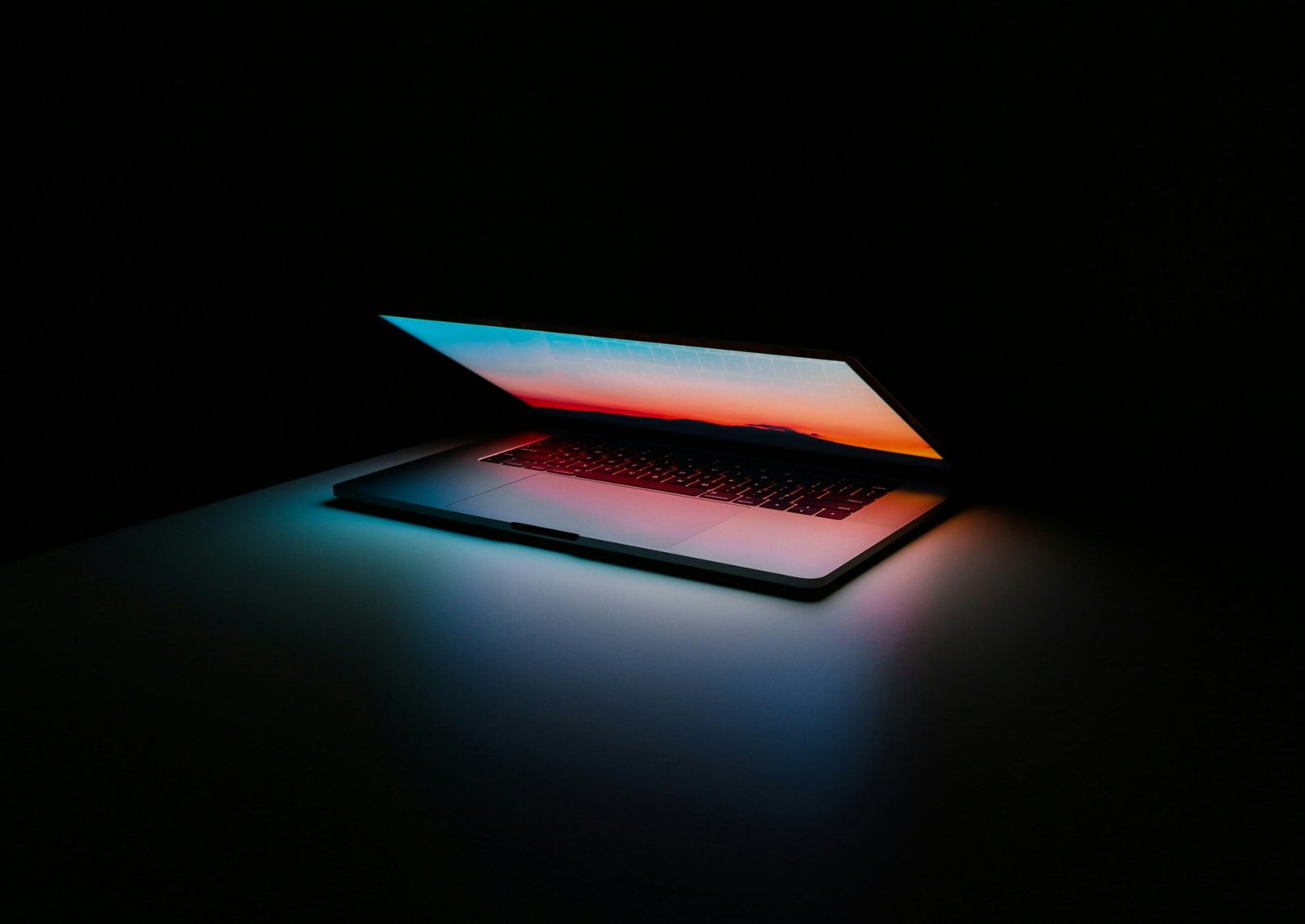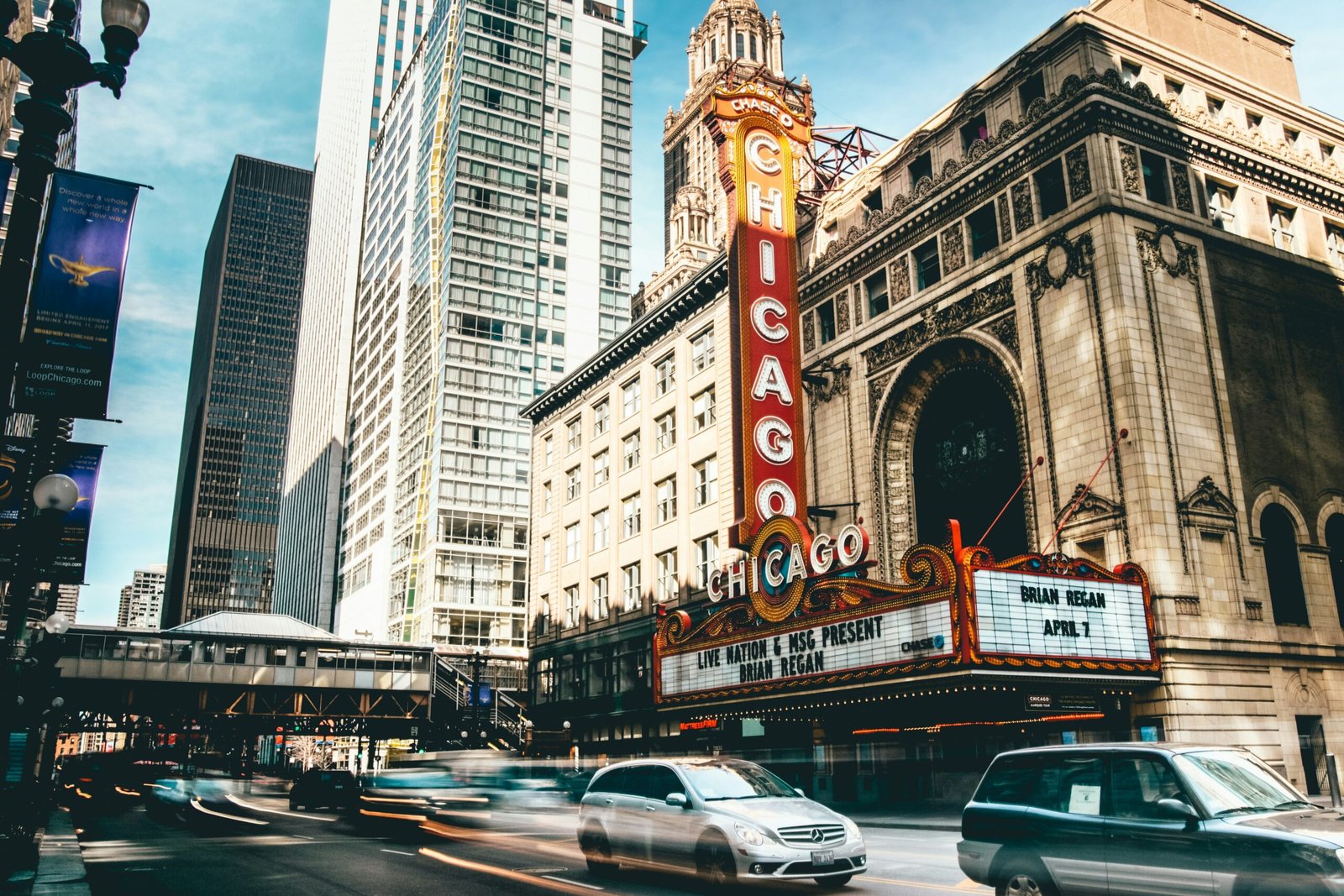Introduction
Tokyo, a city that never sleeps, transforms into a vibrant tapestry of neon lights and shadows after sundown. This mesmerizing urban landscape offers photographers, both amateur and professional, an unparalleled opportunity to capture the essence of Tokyo’s nightlife. Known for its bustling streets, towering skyscrapers adorned with neon, and lively entertainment districts, Tokyo after dark is a photographer’s dream. In this guide, we’ll delve into expert photography tips and gear recommendations to help you immortalize the neon-lit cityscape. Whether you’re seeking to enhance your portfolio or simply wish to preserve memories of your travels, understanding the nuances of nighttime photography in this dynamic city is key. Prepare to embark on a photographic journey that will not only challenge your skills but also enrich your appreciation for Tokyo’s unique after-dark charm.
Exploring Tokyo’s Neon-Lit Nights
Tokyo transforms into a mesmerizing spectacle of neon lights and vibrant colors as the sun sets. The city’s bustling streets, towering skyscrapers, and quaint alleyways all come alive, bathed in a kaleidoscope of lights. This transformation offers a unique opportunity for photographers to capture the essence of Tokyo’s nightlife, presenting a stark contrast to the city’s daytime demeanor. Whether you’re an amateur with a keen interest in urban landscapes or a professional photographer looking to add stunning cityscapes to your portfolio, Tokyo’s nightscape offers limitless possibilities.
The Best Locations for Night Photography in Tokyo
Tokyo is a city with diverse locations for night photography, each offering a unique perspective and ambiance. Shibuya Crossing is perhaps the most iconic, providing a bustling backdrop with its famous scramble crossing and towering screens. For a mix of traditional and modern, Asakusa, with its historic Senso-ji Temple set against the sky-piercing Tokyo Skytree, offers a captivating contrast. The neon-drenched streets of Shinjuku, particularly Kabukicho and Golden Gai, provide a look into Tokyo’s nightlife culture. Odaiba offers panoramic views of the city’s skyline against the bay, especially stunning with the Rainbow Bridge illuminating the night. Lastly, the upscale district of Ginza showcases luxury with its lit-up designer storefronts, making for an elegant night scene.
Tips for Capturing Tokyo’s Vibrant Neon Lights
Capturing Tokyo’s neon glow requires more than just pointing and shooting. Here are some expert tips:
- Use Manual Mode: Auto settings can’t always understand the complexities of night scenes. Controlling your ISO, aperture, and shutter speed manually will yield better results.
- Stabilize Your Camera: Invest in a good tripod. Night photography often requires long exposures, and even the slightest movement can blur your shot.
- Shoot in Raw: This allows greater flexibility in post-processing, enabling you to tweak the exposure and colors without losing quality.
- Play with Shutter Speed: Longer exposures can capture the dynamic motion of the city, from the trails of car lights to the flowing crowds.
- Use a Wide Aperture: A wider aperture lets in more light, which is essential for capturing the vibrancy of the neon signs in darker surroundings.
- Experiment with Composition: Incorporate reflections, silhouettes, and the contrast between light and shadow to add depth to your photographs.
Gear Guide for Night Photography in Tokyo
The right gear can significantly impact the quality of night photography. While skill and technique play crucial roles, having the appropriate equipment ensures you can fully execute your creative vision.
Essential Equipment for Capturing Tokyo’s Nightlife
Image courtesy: Flickr
- Camera: DSLRs and mirrorless cameras with manual mode capabilities are preferred for their flexibility. Look for models with high ISO performance for better low-light shots.
- Lenses: Fast lenses with wide apertures (f/2.8 or wider) are ideal. Wide-angle lenses are great for expansive cityscapes, while prime lenses can deliver sharper images of specific neon signs or urban details.
- Tripod: A sturdy tripod is indispensable for long exposures, ensuring sharp images by preventing camera shake.
- Memory Cards: High-capacity, fast-writing cards are essential to handling the large files generated by night photography, especially when shooting in RAW.
Recommended Camera Settings for Cityscape Photography
- ISO: Keep it as low as possible, ideally between 100 and 800, to avoid noise. Increase only as needed based on lighting conditions.
- Aperture: Start with an aperture of f/2.8 or f/4 for depth of field and adjust based on the desired effect and the lens’s capability.
- Shutter Speed: Varies greatly depending on the scene. For capturing the bustling movement, start with a shutter speed of 1/30 to 1/60 of a second. For light trails and more static scenes, experiment with longer exposures, from 1 second up to 30 seconds or more, depending on your creative vision.
- Focus: Manual focus is often more reliable at night. Use your camera’s live view to zoom in on your subject and adjust focus precisely.
Must-Have Accessories for Urban Night Photography
Image courtesy: PickPik
Beyond the essential camera and lens, a few additional accessories can enhance your night photography in Tokyo:
- Remote Shutter Release: Prevents camera shake from pressing the shutter button, essential for long exposures.
- Extra Batteries: Long exposures and the colder night temperatures can drain batteries quickly. Always have spares on hand.
- Lens Hood: Helps prevent lens flare from the bright neon lights and street lamps.
- Light Pollution Filter: While not always necessary, a light pollution filter can help reduce the orange glow often seen in urban night shots, resulting in clearer and more vibrant photos.
- Waterproof Bag/Cover: Unexpected rain can happen. Protecting your gear ensures you can keep shooting regardless of the weather.
Capturing Tokyo’s neon-lit nights offers photographers the chance to explore the city’s unique blend of tradition and modernity, its vibrant culture, and its dynamic energy. By choosing the right locations, mastering the technical aspects of night photography, and equipping yourself with the appropriate gear, you can immortalize the enchanting beauty of Tokyo after dark. Whether you’re a seasoned photographer or just starting, the city’s radiant nightscape awaits your lens.
Nightlife Photography Etiquette in Tokyo
Image courtesy: Rawpixel
Navigating the vibrant nightlife of Tokyo requires not only technical skill but also an understanding of local customs and etiquette, especially when it comes to photography. The city’s neon lights and bustling streets offer a mesmerizing backdrop for photographers, but capturing its essence without disrupting the local culture demands consideration and respect.
Ask For Permission
When photographing people, especially in intimate settings like small bars or clubs, always seek consent. Many locals may not feel comfortable being photographed by strangers, and respecting their wishes is paramount. A simple gesture to your camera, paired with a polite inquiry, can go a long way. Some might decline, but many will appreciate your respect for their privacy and might even agree.
Avoid Tripods in Crowded Spaces
Tokyo’s streets can get incredibly crowded, particularly in popular areas like Shibuya or Shinjuku. Using a tripod in these scenarios is not only impractical but can also cause inconvenience to pedestrians. Opt for handheld shots or use a monopod if necessary. Enhancing your skills in low-light photography without relying on stabilization tools will also prove invaluable in these situations.
Be Mindful of Your Flash
The use of flash can be particularly disruptive in the moody, ambient-lit streets and establishments of Tokyo after dark. Flash photography can not only spoil the atmosphere but also irritate both locals and tourists. Rely on natural lighting or the city’s neon glow whenever possible. Adjusting your camera’s ISO and aperture settings can help compensate for the low light without the need to use a flash.
Follow the Rules and Sign
Pay close attention to signs or notices about photography, which are common in many private establishments and even in some public areas. The rules are there for a reason, often to protect the privacy of individuals or the intellectual property of businesses. If photography is forbidden, respect the regulation. There are plenty of other mesmerizing scenes in Tokyo waiting to be captured.
Leave No Trace
While this may seem obvious, maintaining the cleanliness and integrity of the locations you visit should be a priority. This means packing up all your belongings, including any trash or used equipment like lens wrappers or battery packs, and ensuring you leave the spot just as you found it. Tokyo is renowned for its cleanliness, and as a visitor, it’s crucial to contribute to keeping it that way.
Adhering to these etiquette guidelines will not only ensure a smoother photography experience but also foster a respectful and courteous interaction between you as a photographer and the vibrant cityscape and people of Tokyo. Taking these steps towards considerate photography practices will help in capturing the neon dreams of Tokyo after dark while maintaining the harmony and respect that are deeply ingrained in Japanese culture.
Conclusion
The allure of Tokyo after dark, with its vibrant neon lights and bustling streets, offers a unique canvas for photographers seeking to capture the essence of city life. From the bustling intersections of Shibuya to the tuned neon landscapes of Shinjuku, each district presents its own story, waiting to be immortalized through your lens. Embracing the urban photography tips discussed, from leveraging manual settings to mastering the art of composition, can elevate your nighttime cityscapes to new levels of brilliance.
Remember, the key to captivating night photography in Tokyo lies not just in your technical prowess but in your ability to see and capture the city’s heart. The neon lights, the shadowed alleys, and the animated faces make Tokyo a living entity, vibrant and pulsating with life. Your photography can narrate this vivid tale, turning fleeting moments into timeless snapshots.
To excel in Tokyo nightlife photography, consider these final reminders:
- Patience is your ally. The perfect shot may require waiting for the right moment when the crowd dynamics or lighting conditions align.
- Always respect local customs and privacy. Tokyo’s culture is deeply rooted in respect, and as photographers, we must mirror this ethos.
- Continuously refine your craft. Each photography excursion is an opportunity to learn and evolve.
As you venture into the neon dreamscape that Tokyo offers after dark, carry with you not just your camera gear but a sense of wonder and curiosity. Let the neon lights guide you through a journey of discovery, capturing not just images but the spirit of one of the world’s most dynamic cities. Happy shooting!





